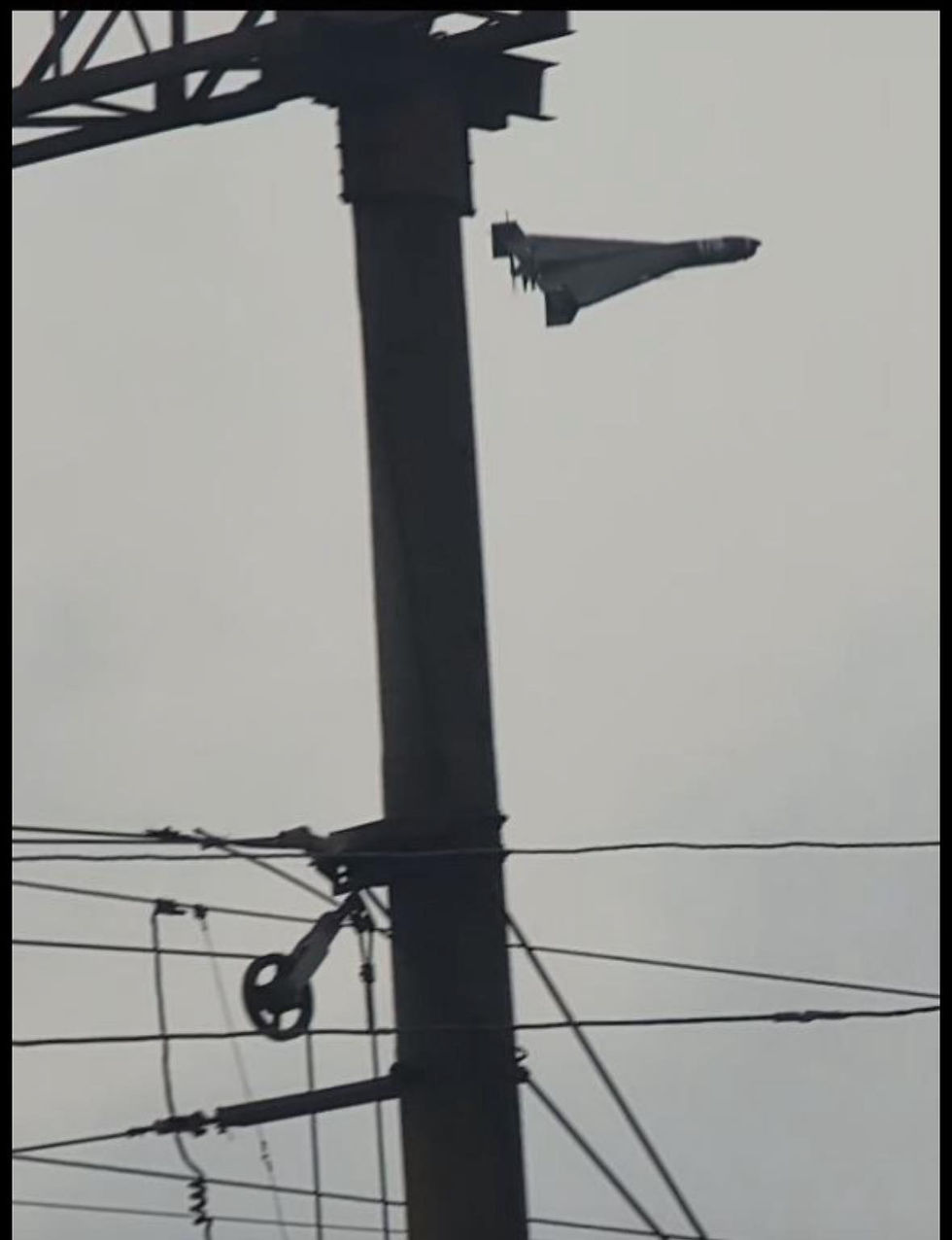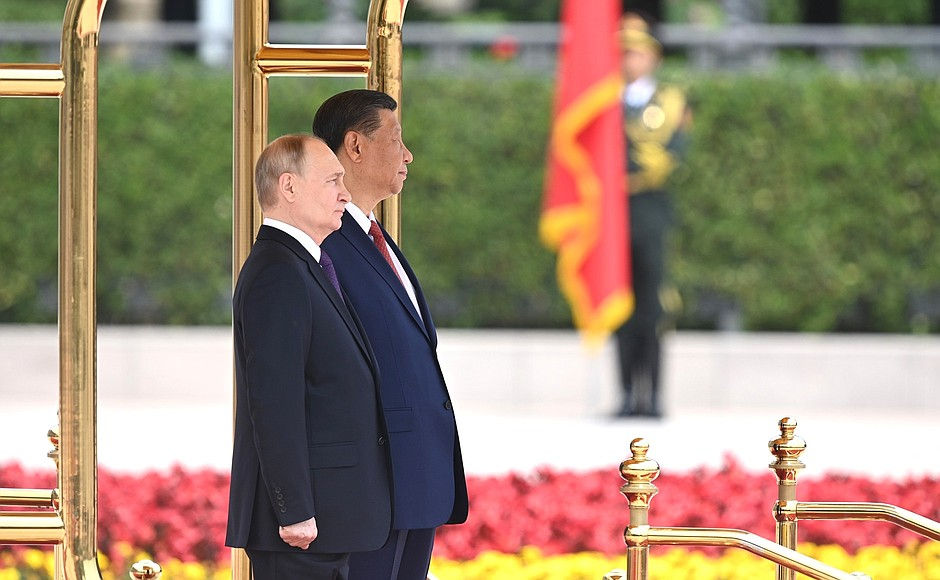Russian Military Drills Leave Baltic States Unmoved
- Res Publica

- Sep 21, 2021
- 3 min read
The last time that Russia and its allies exercised as many as 70,000 personnel on its western borders during Zapad-17, the enormous, treaty-busting military manoeuvres caused widespread unease in the Baltic States and those other neighbours with recent memories of Soviet occupation.

Landing of tactical airborne assault forces from Mi-8 helicopters during the Zapad-2021 exercise. Vadim Savickij / Press service Ministry of Defence RF / TASS
This time it’s different (though still huge and designed to intimidate.) There are numerous reasons for the mood change over Zapad-21, but foremost is the sense among the Baltic States that their security and safety have been significantly enhanced by new defence capabilities and increased solidarity and cooperation among the regional and transatlantic allies.
Most importantly:
Since 2017, the NATO forward presence battle groups have been deployed to the Baltic States and Poland, together with other foreign military units, including the joint training of Lithuanian, Latvian, Estonian and allied troops. In August, a U.S. battalion was deployed on a rotational basis to Lithuania. Allied jets patrol the skies.
A new Lithuanian military training ground, named Herkus, was opened this year to enhance training capacity for the U.S. and other troops in the Baltic States and to facilitate the deployment of critical partners and allies in the region.
NATO’s presence was further underlined by the presence of a Counter Hybrid Support Team (CHST), which spent several weeks in Lithuania analysing the specifics of ongoing hybrid aggression. The team developed recommendations on various countermeasures.
The exercises — which ended on September 16 — have nonetheless given Russia-watchers a great deal to digest, not least because the drills were designed as a tool to better integrate the Belarusian armed forces into the Russian armed forces. This is the final stage of a process, and it is no longer in question that Russia has irreversibly taken over Belarus economically, militarily, and politically. Clearly, this deduction will form an important part of the Baltic state and NATO thinking for the future.
Yet while the Baltic States have been monitoring Zapad-21 closely, they have not offered an extensive public commentary, noting only the possibility of potential military/hybrid provocation in the region. For instance, Latvia’s Foreign Minister said that the Belarus “border crisis” (where Belarus has been pushing developing world migrants across its neighbours borders — could cause a misunderstanding and risked an “incident” with NATO troops in the Baltic States or Poland. Lithuanian Foreign Minister Gabrielius Landsbergis has commented that “the threat of provocations is also at its highest in four years.”
It has also been reassuring to see regular contacts between Poland and its Baltic partners on security issues. On September 13 for example, the ministers of defence and foreign affairs described recent hybrid attacks (like the misuse of vulnerable migrants as a weapon), was not the work of Aleksandr Lukashenka alone, and that Russia had also been involved.
In truth, the Baltic States have more than enough on their political plates. Take Lithuania, Quite apart from the border crisis fostered by the Lukashenka’s regime funnelling thousands of illegal migrants into the country, it is also engaged in a diplomatic row with China as a result of the government’s decision to open a trade office with Taiwan. All this is combined with the multifaceted domestic issues of managing the Covid-19 pandemic, national vaccination challenges, and protests against the government’s restrictions combined with the scripted provocations from foreign powers aiming to worsen societal instability and increase division. Some Baltic experts wryly observe that taken together, this is itself a practical case study of “hybrid threats” to national security, which the alliance might do well to reflect on.

Foto: Aleksej Kudenko/RIA Novosti
Baltic state officials may also have judged that any threat from Zapad-21 may be limited given the context:
Russia’s military exercises mark the operational revision of Russia’s defence plans, which expired in 2020, and a new national defence plan is to be signed soon.
The drills are taking place on the very eve of the Duma elections (from September 17-19); and
Russia is testing new a new generation of weapons at Zapad-21 and these require new military plans and scripts.
And yet the experience of Russia’s neighbours is clear whether they are NATO members or not. Everyone is happier, and more relaxed when Russian forces return to barracks.
Author Dalia Bankauskaitė is a non-resident Senior Fellow with CEPA's Democratic Resilience Program. Article first time published on The Center for European Policy Analysis (CEPA)’s mission web page.





Comments